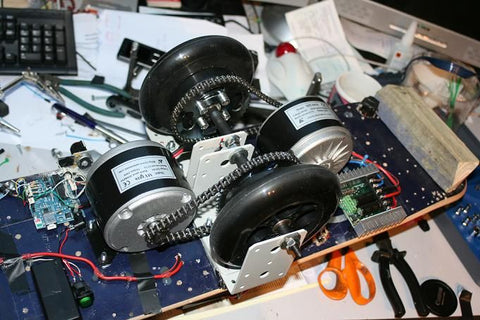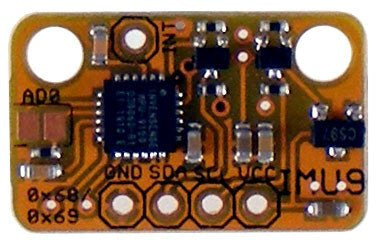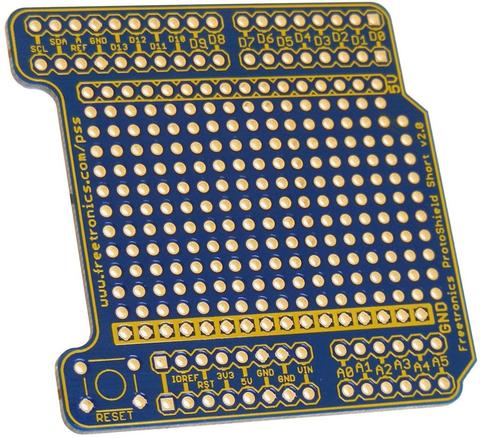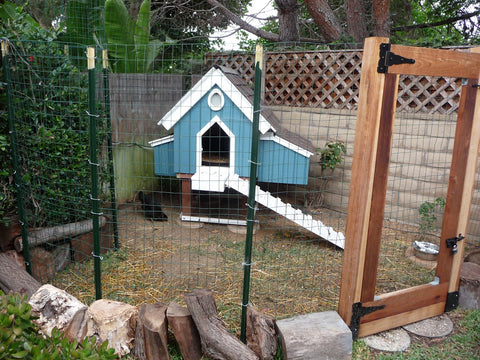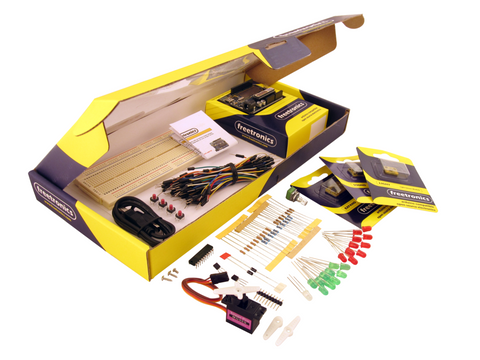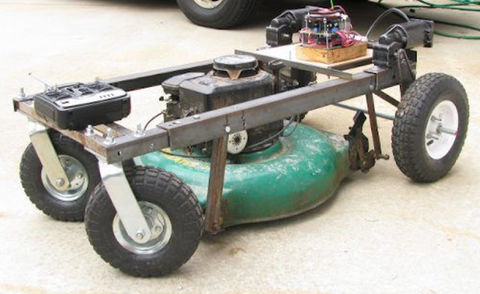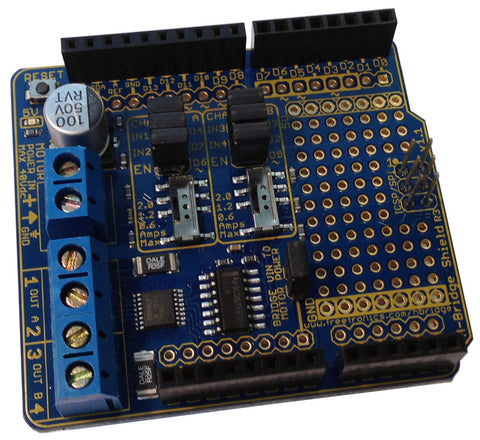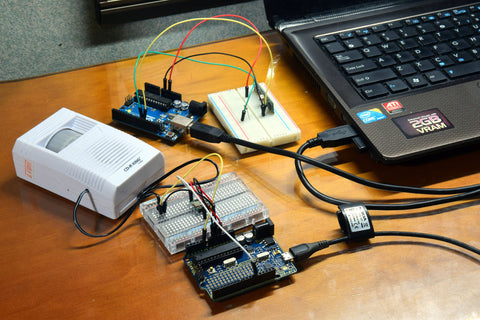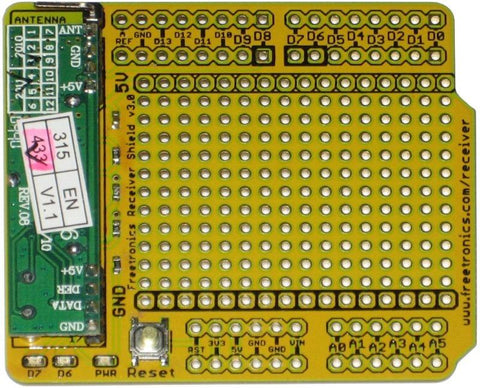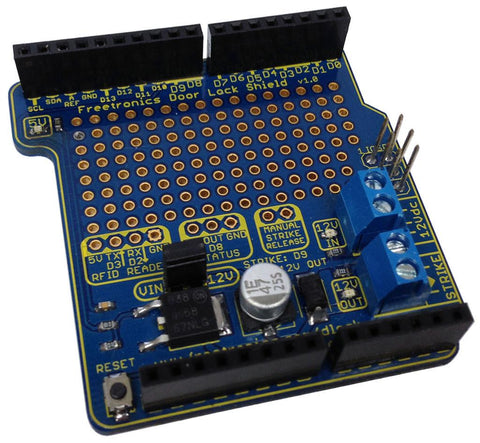Sick of losing at paintball? Need a novel way to deter trespassers? Enjoy making cool projects? This Arduino powered sentry gun tracks, shoots and aims entirely autonomously! A computer interprets the video feed from a webcam and sends control signals to an Arduino, which interfaces between the computer, and the servo motors that aim the robot. The project runs on free, open source software and is very well documented.
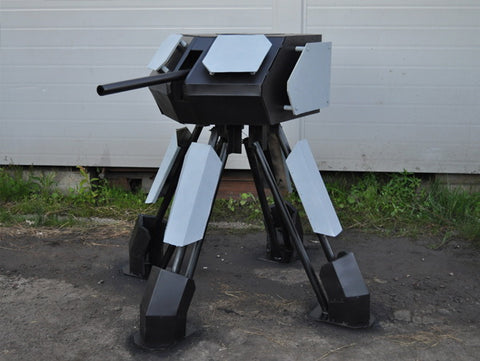
Furthermore, if you would rather build a Nerf sentry gun this project is entirely adaptable. If you aren’t impressed enough already, the system developed in this project is even used during Australian Navy training! With some effort there is no reason why you couldn’t be added to the long list of people who have successfully completed their own sentry guns. To get started on this impressive project check out the Project Sentry Gun website.
If you are thinking about making your own sentry gun, but don’t know where to get started with Arduino, our Experimenter’s Kit is a great way to learn the basics.
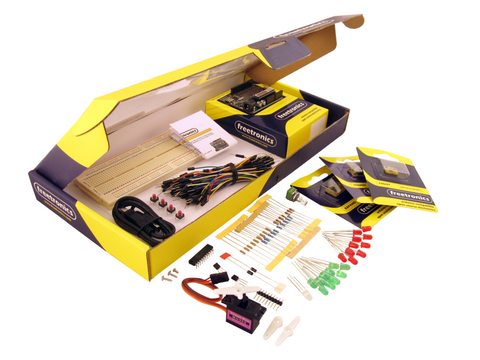
The kit is comprised of a wide range of parts including a servo, sensors, lights, buttons, a sound module and more. Importantly, a Freetronics Eleven Arduino-compatible board is included to ensure that the kit contains everything you need to get started with Arduino. All these great parts would be useless without some form of instructions which is why we have developed a comprehensive project and instruction booklet to get you started. Check out the product page to find out more.
Considering making your own sentry? Already have a victim in mind? Let us know in the comments section below or on Facebook and Twitter.







